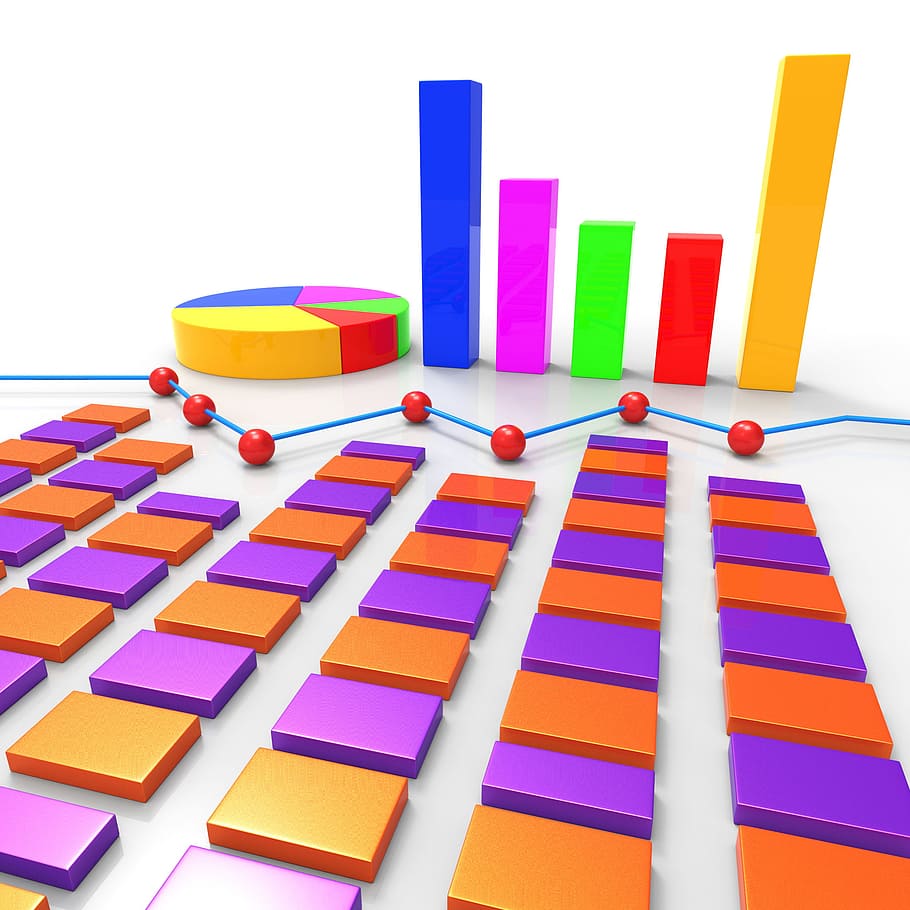
Unveiling Insights: The Art of Data Analysis

Welcome to the world of data analysis, a captivating realm where raw information transforms into meaningful insights. Data analysis is the processes of inspecting, cleansing, transforming, and modeling data to discover useful information, draw conclusions, and support decision-making. In today’s data-driven age, the art of data analysis plays a vital role across a multitude of industries, aiding organizations in making informed decisions, unraveling trends, and forecasting future outcomes. Through the lens of data analysis, large volumes of data are meticulously examined to uncover patterns, relationships, and hidden truths that might otherwise remain obscured.
Different Methods of Data Analysis
When it comes to data analysis, there are various methods that can be utilized to uncover valuable insights from datasets. One common approach is descriptive analysis, which involves summarizing and presenting the main characteristics of the data. This method is useful for gaining a basic understanding of the dataset and identifying patterns or trends.
Another popular method is diagnostic analysis, which focuses on identifying the cause of a particular outcome or event. By delving deeper into the data and exploring relationships between variables, analysts can pinpoint the factors that are driving certain trends or behaviors. This method is essential for understanding the underlying reasons behind the data patterns.
Data analysis
Predictive analysis is a powerful method that involves using historical data to make predictions about future outcomes. By leveraging statistical algorithms and machine learning techniques, analysts can forecast trends, detect anomalies, and make informed decisions based on data-driven insights. Predictive analysis is widely used in various industries to anticipate market trends, customer behavior, and potential risks.
Importance of Data Visualization
Data visualization plays a crucial role in the field of data analysis. It allows for complex datasets to be presented in a format that is easily understood by individuals at all levels of technical expertise. Through visualization, patterns, trends, and relationships within the data can be quickly identified and communicated effectively.
One of the key benefits of data visualization is its ability to provide insights that may not be apparent when looking at raw data alone. By transforming data into visual representations such as charts, graphs, and maps, analysts can uncover hidden patterns and correlations, leading to a deeper understanding of the information being explored.
Moreover, data visualization enhances decision-making processes by enabling stakeholders to grasp information visually and make informed choices based on data-driven evidence. By presenting data visually, it becomes easier for decision-makers to identify areas that require attention, make comparisons, and track progress towards specific goals, ultimately leading to more effective and efficient decision-making.
Challenges in Data Analysis
Data analysis presents several challenges that researchers and analysts must navigate. One key obstacle is the vast amount of data generated daily, often referred to as "big data". Managing and making sense of this immense volume of information can be overwhelming and time-consuming.
Another challenge in data analysis revolves around ensuring data accuracy and reliability. Inaccurate data can lead to erroneous conclusions, making it essential to implement thorough validation processes and quality checks. Maintaining data integrity throughout the analysis process is crucial for producing trustworthy results.
Furthermore, the interpretation of data can be complex and subjective, posing a challenge for analysts. Different individuals may derive varying insights from the same dataset, highlighting the importance of clear communication and collaboration within data analysis teams. Navigating the nuances of data interpretation requires a blend of technical expertise and critical thinking skills.



